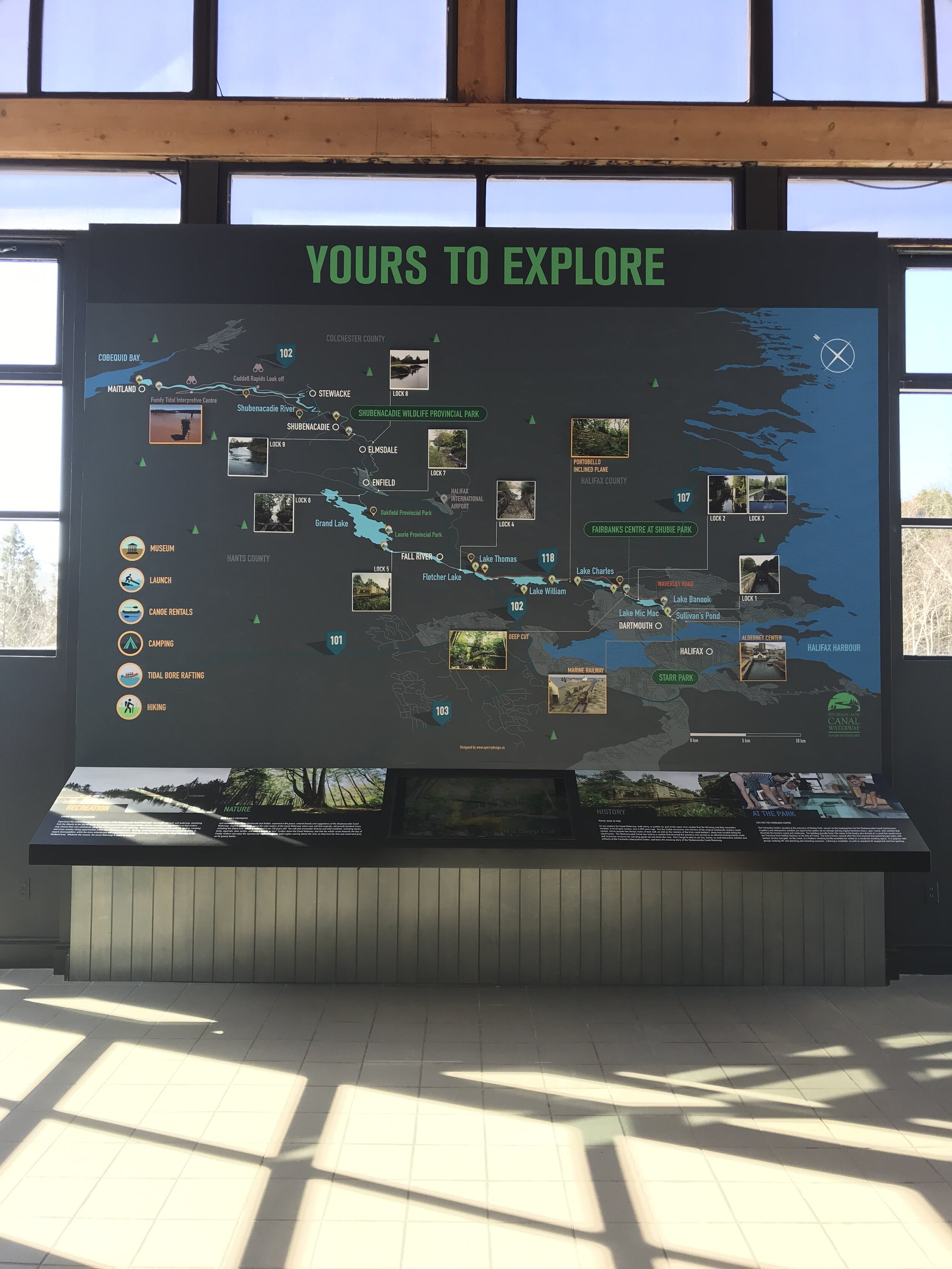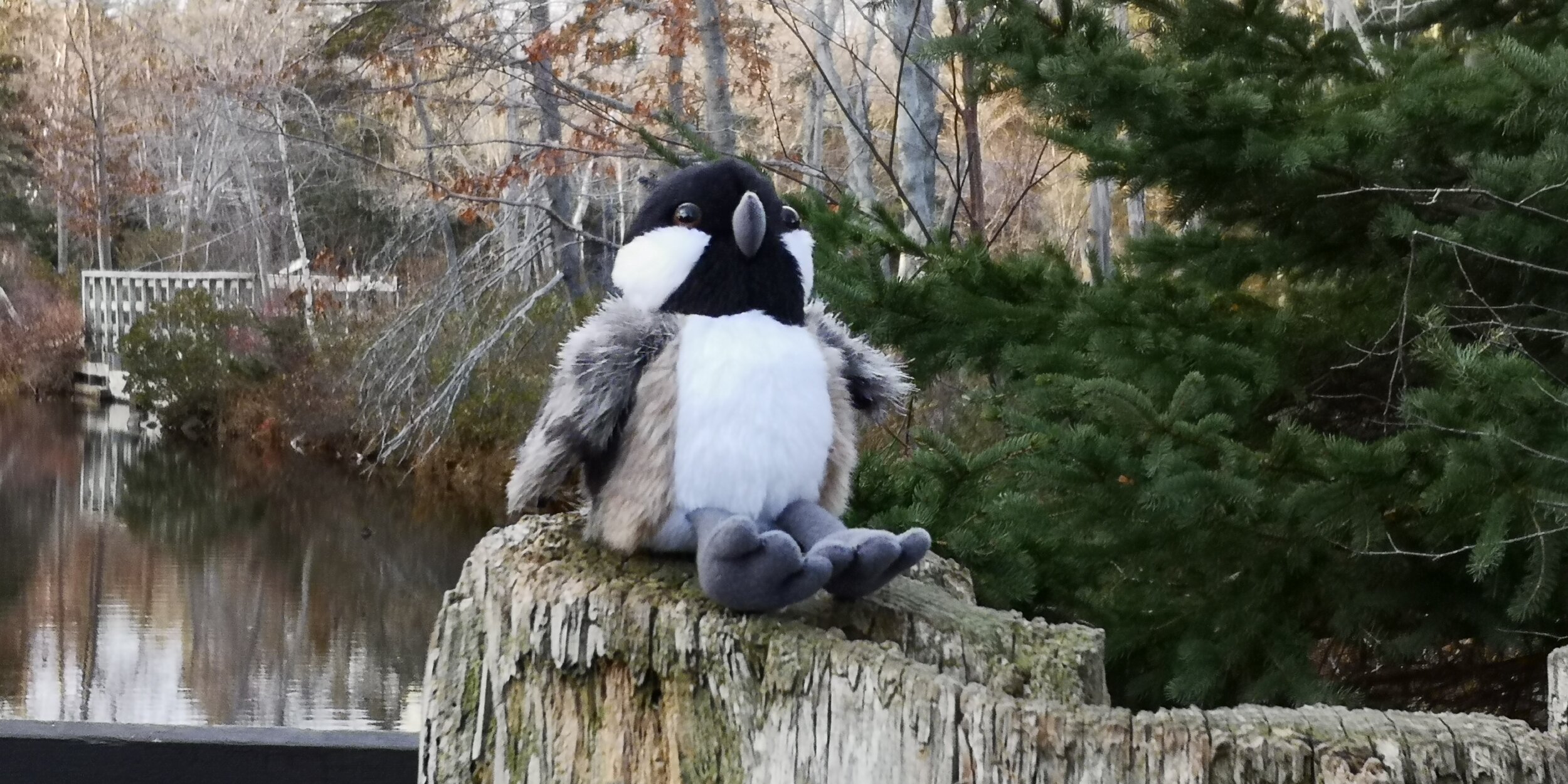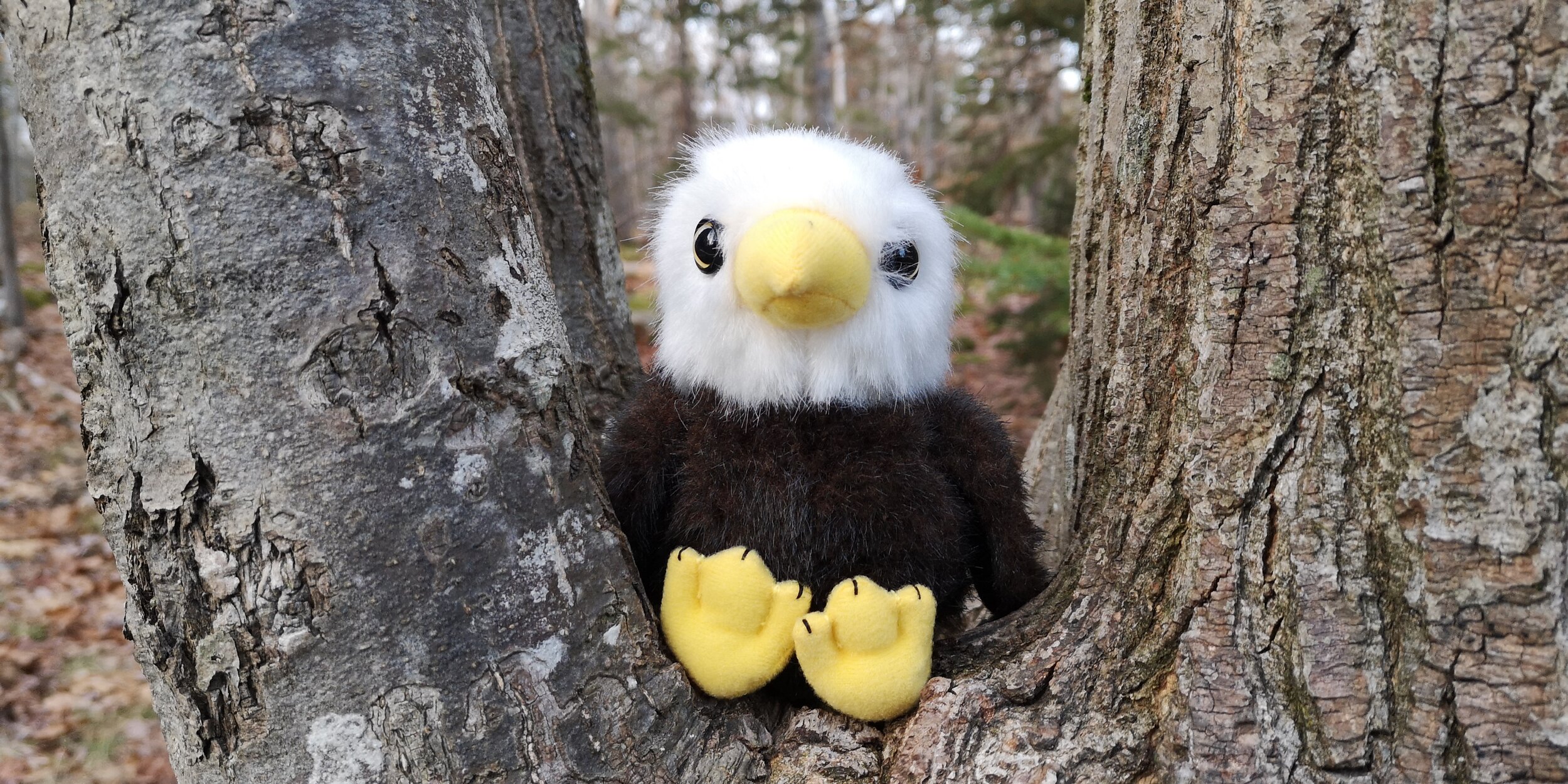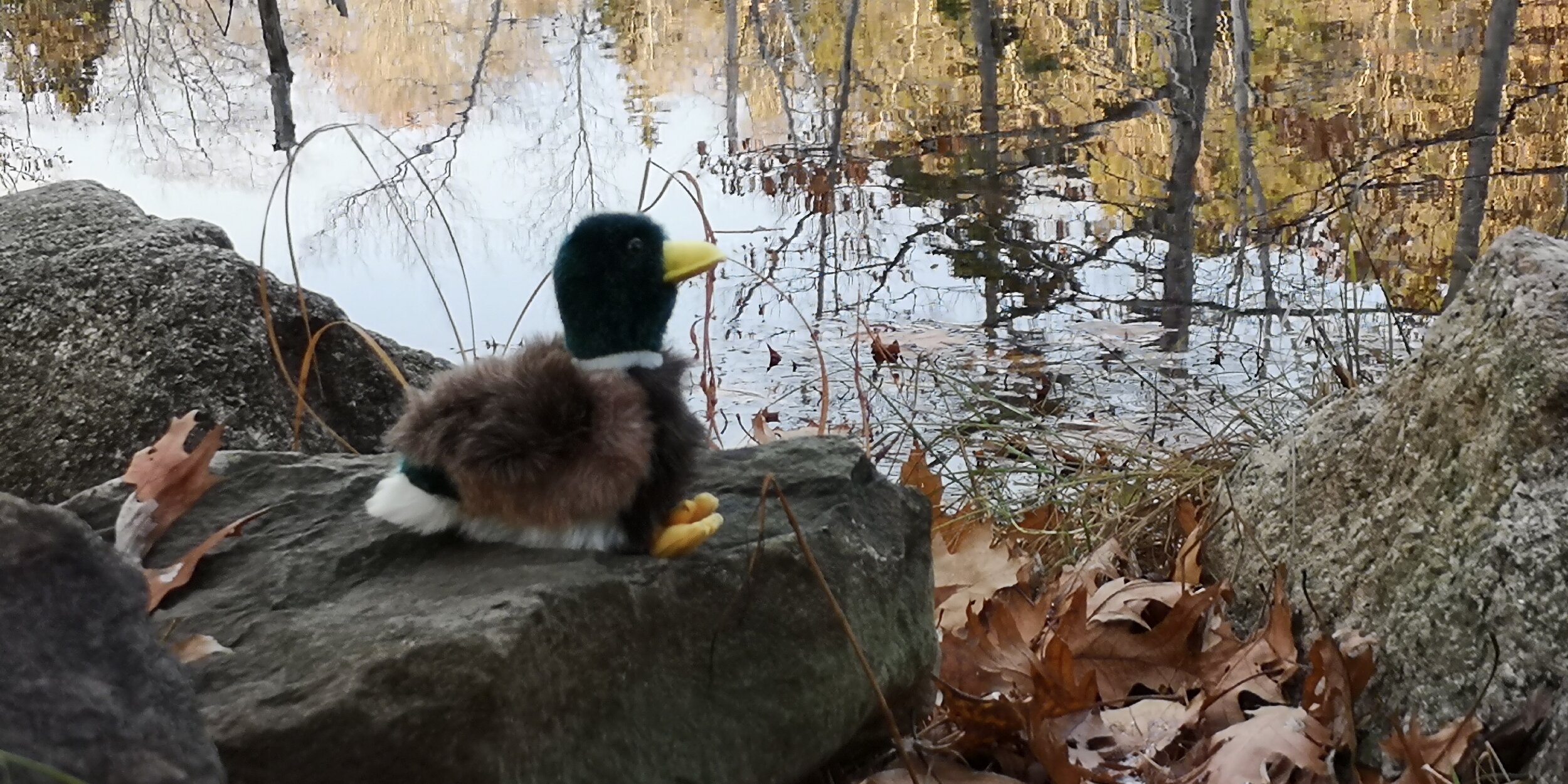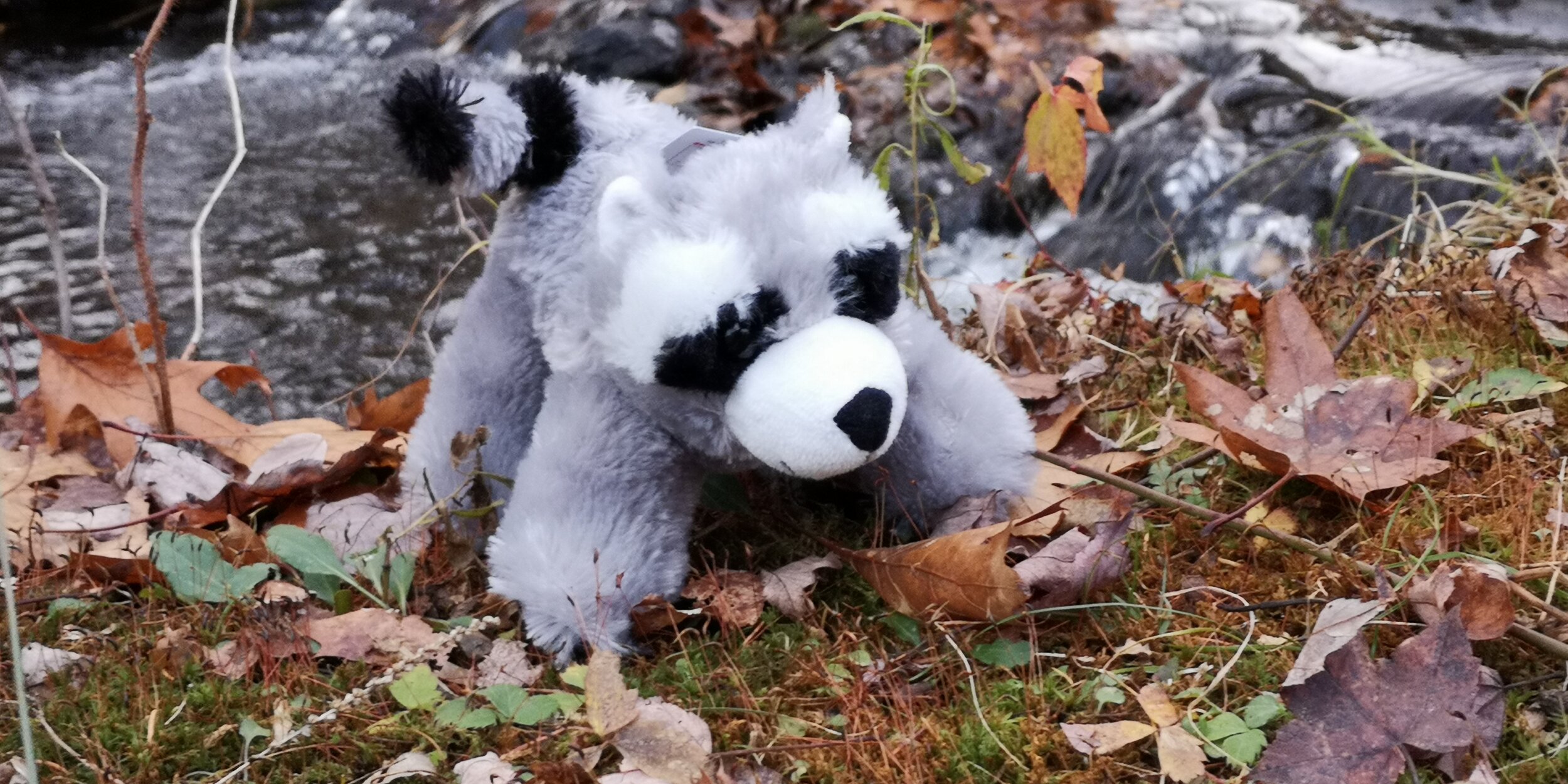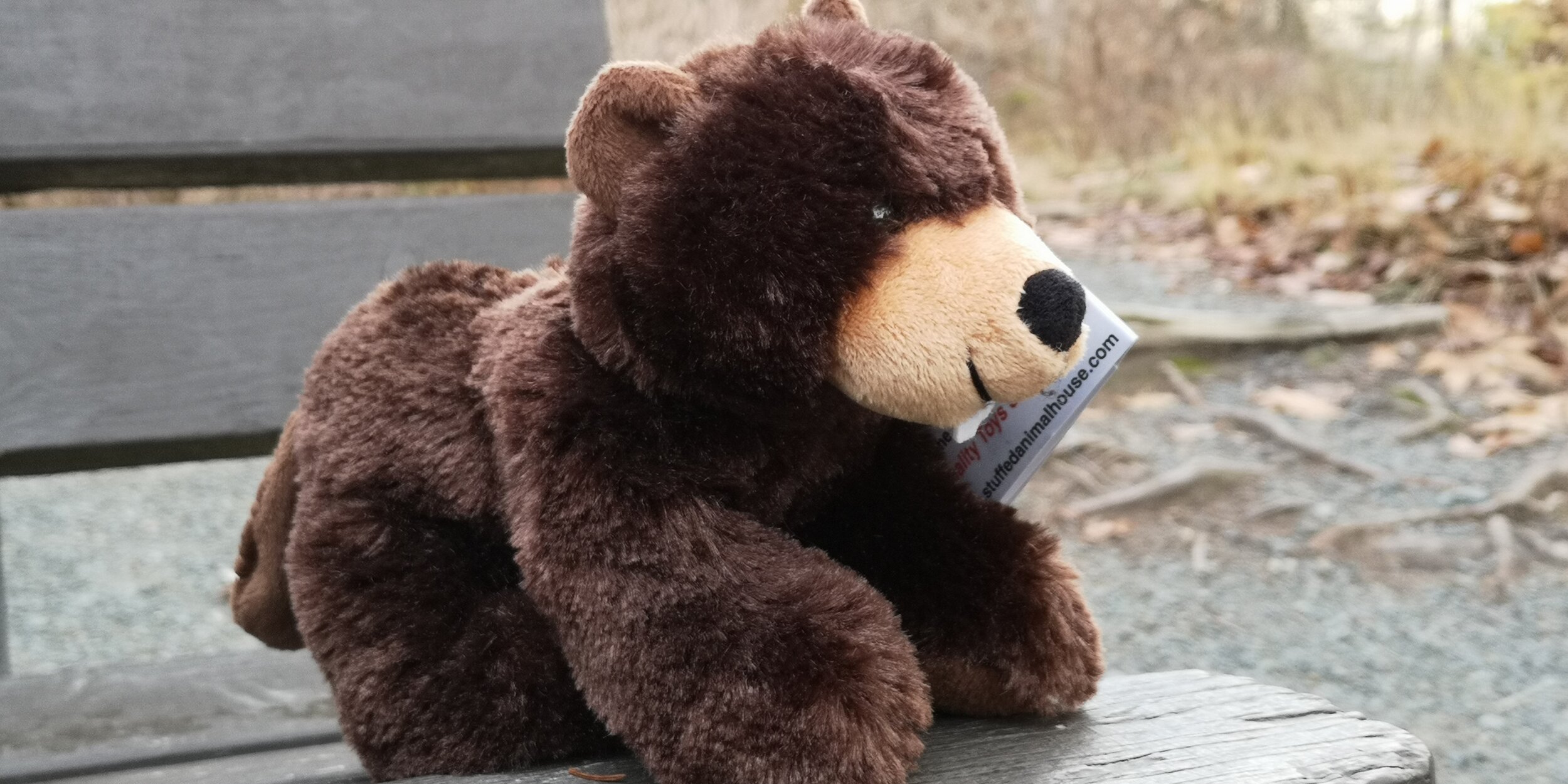May is Mìos nan Gàidheal | Gaelic Nova Scotia Month! Go check out all of the wonderful Gaelic culture related events happening during the month at gaelic.ca.
In recognition of Mìos nan Gàidheal | Gaelic Nova Scotia Month, we are sharing a text written by Gaelic Researcher Ed MacDonell about Gaelic history and culture in Mi’kmaki.
Ed MacDonell is a Gaelic researcher and educator who has shared his knowledge of Gaelic language and culture through various roles including Gaelic Animator at Highland Village Museum, Project Manager with the Gaelic Song Education Project at Cape Breton University, and Instructor with Colaisde na Gàidhlig. Ed is a member of the Shubenacadie Canal Commission’s Transitions Advisory Committee.
To learn more about Gaelic and Gaels in Nova Scotia, visit The Gaelic Council of Nova Scotia’s website. For information about events celebrating Gaelic Nova Scotia Month, click here.
The 18th century was a time of great social, religious, and economic upheaval for the communities of the Scottish Gàidhealtachd (Gaelic-speaking region). From the late 1700s to the mid-1800s, in search of a better life, tens of thousands of Gaels immigrated to Nova Scotia, a British colony that was established in Mi’kmaki the ancestral and unceded territory of the Mi’kmaw nation. In many instances Gaels emigrated in extended family groups. This community-based emigration resulted in the maintenance of unique language and cultural arts within the newly established Gaelic settlements of Nova Scotia.
Although little known, communities around the Shubenacadie waterway have been home to Gaels since the late 1700s and elders who acquired Gaelic as their first language resided in its adjacent communities into the 20th century. While the largest settlement was along the Nine Mile River, a tributary of the Shubenacadie, Gaels could also be found in the Gore, Kennetcook, and in the vicinity of South Maitland. Gaelic was so widely spoken and understood that bilingual Gaelic and English religious services were conducted in South Maitland early in the community’s history. Families with surnames such as M(a)cDonald, M(a)cDon(n)ell, Fraser, Grant, and M(a)cPhee, referred to themselves as Gàidheil (Gaels) in their mother tongue.
Throughout the period that the Shubenacadie Canal was operational (1856-1871), it is estimated that there were 100,000 Nova Scotians who spoke Gaelic with the language being the third most spoken language in Canada following English and French. Today, while an estimated one third of Nova Scotians are descended from Gaelic-speaking immigrants, the language is considered endangered both in Scotland and in Nova Scotia.
The processes of Gaelic language and identity loss are complex and are rooted in a long established power imbalance and institutional discrimination by the British Crown and its system of Anglophone supremacy against Gaels, undermining their Gaelic language and cultural identity. Whether at home or in colonial settings such as Nova Scotia, English-language policies and prejudices prohibited Gaels from participating in the broader society on their own terms. In time, many Gaels themselves came to believe that the adoption of English and the abandoning of Gaelic language and cultural identity was the best way to prepare future generations for the challenges of the wider world.
Throughout Nova Scotia today, the ongoing efforts of community-driven language revitalization and capacity-building initiatives are ensuring that Gaels and their unique cultural legacy continue to contribute to life in our province.
-Ed MacDonell


